Every once in a while the New York Times surprises you and covers a story that is uncomfortable for the left.
They deserve as many kudos for doing so as demerits for sticking to the Narrative™.
I was shocked to see that they published a story that brings up a truly disturbing fact: there is a Ukrainian faction fighting the Russians who are neo-Nazis.
The decision by some Ukrainian soldiers to wear patches with Nazi icons threatens to reinforce Russian propaganda used to justify the invasion. It also could give the symbols mainstream life after the West's decades-long efforts to eliminate them.https://t.co/TdhO6pKpFG
— The New York Times (@nytimes) June 5, 2023
The paper approaches the subject gingerly and doesn’t want to reinforce Russian propaganda that they invaded Ukraine to eliminate Nazis who threatened the Rodina (Russian Motherland). They also highlight the fact that Western media outlets have been working to hide the fact by asking soldiers to hide their use of Nazi symbols.
KYIV, Ukraine — Since Russia began its invasion of Ukraine last year, the Ukrainian government and NATO allies have posted, then quietly deleted, three seemingly innocuous photographs from their social media feeds: a soldier standing in a group, another resting in a trench and an emergency worker posing in front of a truck.
In each photograph, Ukrainians in uniform wore patches featuring symbols that were made notorious by Nazi Germany and have since become part of the iconography of far-right hate groups.
The photographs, and their deletions, highlight the Ukrainian military’s complicated relationship with Nazi imagery, a relationship forged under both Soviet and German occupation during World War II.
That relationship has become especially delicate because President Vladimir V. Putin of Russia has falsely declared Ukraine to be a Nazi state, a claim he has used to justify his illegal invasion.
The history of Nazism in parts of Eastern Europe is complicated, especially in formerly Soviet areas which the Nazis “liberated” during the war. In Ukraine, the history is even more complicated, given that the Nazi invasion took place mere years after the famine created by Stalin which was designed to kill off as many Ukrainians as possible. Ironically, the New York Times reporter Walter Duranty conspired with Stalin’s minions to deny the Holomoder was occurring, for which he was awarded a Pulitzer Prize. (Ever notice how many Pulitzers are awarded for fake news?).
The Nazis really blew it in Ukraine and other Soviet territories they captured–they hated the Slavs so much that rather than embracing them they cruelly slaughtered many, treating them as Untermenschen, or subhuman.
Still, for some the Nazis’ anticommunism was enough to gain loyalty.
Ukraine has worked for years through legislation and military restructuring to contain a fringe far-right movement whose members proudly wear symbols steeped in Nazi history and espouse views hostile to leftists, L.G.B.T.Q. movements and ethnic minorities. But some members of these groups have been fighting Russia since the Kremlin illegally annexed part of the Crimea region of Ukraine in 2014 and are now part of the broader military structure. Some are regarded as national heroes, even as the far-right remains marginalized politically.
The iconography of these groups, including a skull-and-crossbones patch worn by concentration camp guards and a symbol known as the Black Sun, now appears with some regularity on the uniforms of soldiers fighting on the front line, including soldiers who say the imagery symbolizes Ukrainian sovereignty and pride, not Nazism.
Well…however complicated one’s history with the Soviet Union and Nazism, adopting Nazi symbols is hardly a benign signal of pride in one’s homeland.
We are talking about the Nazis here.
You can’t point to things about which you agree with the Nazis and then extend a halo around those things and forgive the truly evil parts of the ideology. This is an extension of the “Hitler loved dogs” fallacy. Making the case that Hitler loved dogs, so he can’t be all bad and is just like you and I is, let us say a rather startling argument.
We don’t hate Hitler because he hated dogs or loved them. We hate Hitler because he was a genocidal maniac. Choosing some other characteristic and using it as the defining one is bizarre and a distraction, just as smearing dissent from transgender ideology as something shared with Hitler is bizarre.
Are all vegetarians Hitler? Does loving mountain views make you a Nazi?
The adoption of Nazi symbolism is clearly an endorsement of Nazi ideology and practices, not simply an embrace of dogs or mountain views, or for that matter Ukrainian sovereignty. Hitler, by the way, was not a fan of Ukrainian sovereignty.
So far, the imagery has not eroded international support for the war. It has, however, left diplomats, Western journalists and advocacy groups in a difficult position: Calling attention to the iconography risks playing into Russian propaganda. Saying nothing allows it to spread.
Even Jewish groups and anti-hate organizations that have traditionally called out hateful symbols have stayed largely silent. Privately, some leaders have worried about being seen as embracing Russian propaganda talking points.
Questions over how to interpret such symbols are as divisive as they are persistent, and not just in Ukraine. In the American South, some have insisted that today, the Confederate flag symbolizes pride, not its history of racism and secession. The swastika was an important Hindu symbol before it was co-opted by the Nazis.
In April, Ukraine’s Defense Ministry posted a photograph on its Twitter account of a soldier wearing a patch featuring a skull and crossbones known as the Totenkopf, or Death’s Head. The specific symbol in the picture was made notorious by a Nazi unit that committed war crimes and guarded concentration camps during World War II.
Lots of photographs have popped up of Ukrainian soldiers and others on the front lines wearing Nazi symbols, despite the fact that both the Ukrainian government and NATO have worked diligently to scrub such images from the web. Despite these efforts, both NATO and Ukraine have inadvertently used photographs containing these symbols, and have had to hastily remove them when the offending items were pointed out.
It’s hard to blame them. Governments are expected to push propaganda supporting the company line, and I would do the same. No point in helping the enemy make his case.
But reporters do it too, as have outside groups. Jewish groups and anti-hate organizations would normally condemn the use of Nazi symbols but are staying silent in order to push the war effort. Yet the war effort itself is based upon the argument that the Russians are the bad guys, so hiding the less savory aspects of Ukraine’s own background seems an odd choice.
In November, during a meeting with Times reporters near the front line, a Ukrainian press officer wore a Totenkopf variation made by a company called R3ICH (pronounced “Reich”). He said he did not believe the patch was affiliated with the Nazis. A second press officer present said other journalists had asked soldiers to remove the patch before taking photographs.
This is straight from the Walter Duranty School of Journalism. If you like the cause, hide the truth when it is ugly.
I am not anti-Ukraine in the least. Overall I have supported the effort to push back the Russians, who clearly are the aggressors in the war. Vladimir Putin is the bad guy, and I think Zelenskyy has done a masterful job of both conducting the war and promoting his country’s cause.
So good, in fact, that nobody wants to say a bad word about Ukraine, even when it is deserved.
The truth of the war is far more complicated than we are led to believe. Ukraine is not pure as the driven snow, and NATO’s pre-war diplomacy was horrible. The NATO powers goaded Russia, and in 2014 signaled that they were willing to give away Ukrainian territory in exchange for limited war aims. It is unsurprising that Putin got mixed messages.
That doesn’t justify his invasion, but NATO and the US could have done much more to avoid the conflict.
What matters, though, for my purposes is this: note how the MSM has largely participated in the propaganda effort. And the Times deserves credit for confronting the issue head-on.
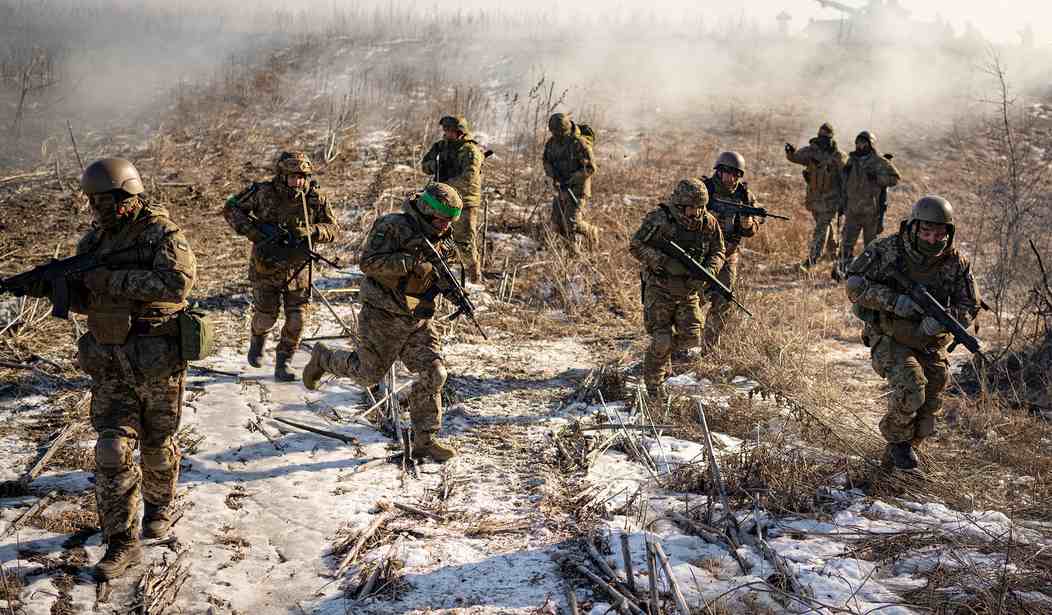
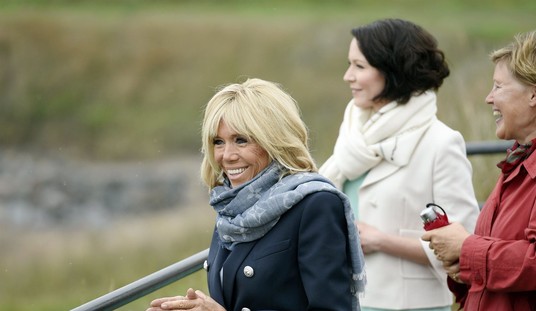



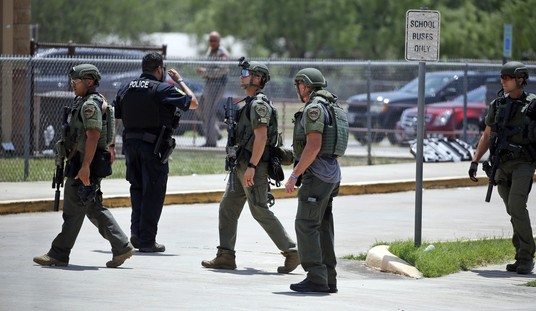
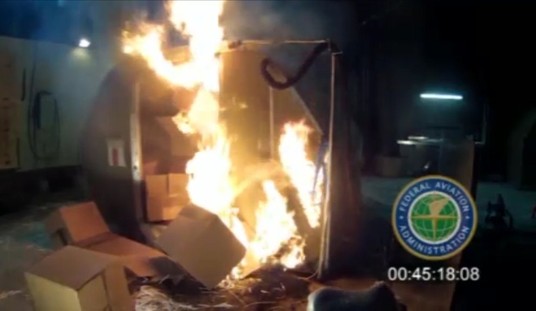
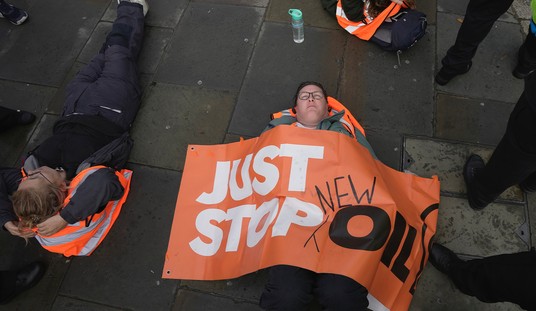
Join the conversation as a VIP Member